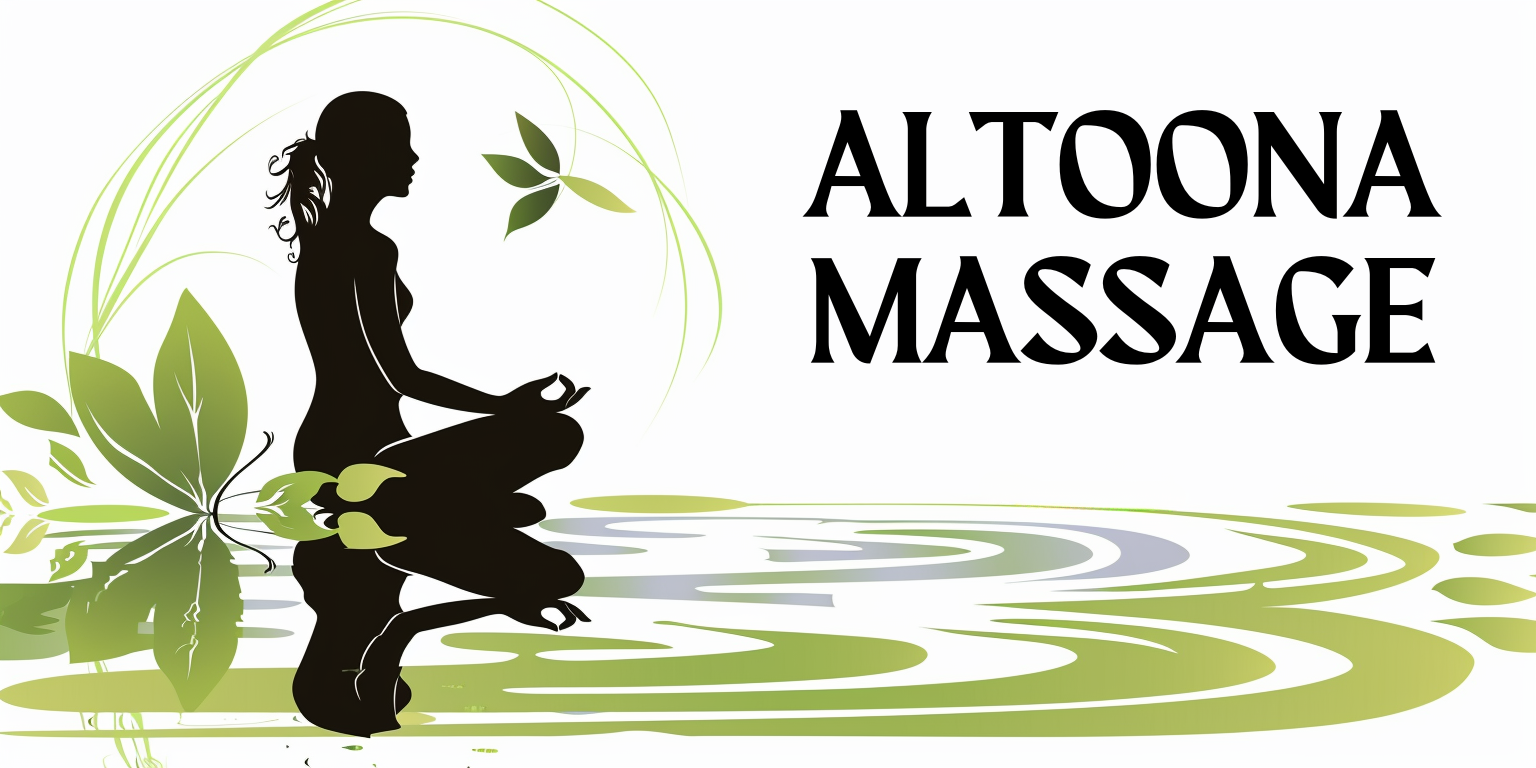Active Release Technique (ART) is a specialized form of manual therapy that focuses on the treatment of soft tissue injuries and dysfunctions. As you delve into the world of ART, you will discover that it is not just a simple massage; rather, it is a comprehensive approach that targets specific muscle groups, tendons, ligaments, and fascia. The technique was developed by Dr.
P. Michael Leahy in the 1980s and has since gained popularity among athletes and healthcare professionals alike. ART practitioners are trained to identify and treat various conditions related to overuse, trauma, and postural imbalances.
When you engage in ART, you will experience a combination of hands-on manipulation and active movement. The practitioner applies precise pressure to the affected areas while guiding you through specific movements. This interactive approach helps to break down scar tissue, release tension, and restore normal function to the muscles and surrounding tissues.
By understanding the principles of ART, you can appreciate how this technique addresses not only the symptoms but also the root causes of musculoskeletal issues.
Key Takeaways
- Active Release Technique (ART) is a manual therapy technique that focuses on relieving soft tissue adhesions and improving muscle function.
- ART promotes muscle recovery by breaking up scar tissue, improving blood flow, and restoring normal muscle function.
- Athletes can benefit from ART by experiencing improved flexibility, reduced muscle soreness, and enhanced performance.
- ART plays a crucial role in preventing injuries by addressing muscle imbalances, reducing tension, and improving range of motion.
- The science behind ART lies in its ability to break up adhesions, release tension, and promote the body’s natural healing process.
How ART Promotes Muscle Recovery
One of the primary ways ART promotes muscle recovery is by enhancing blood flow to the affected areas. When you undergo ART, the targeted pressure applied by the practitioner stimulates circulation, which is essential for delivering oxygen and nutrients to your muscles. This increased blood flow also aids in the removal of metabolic waste products that can accumulate during intense physical activity.
As a result, your muscles can recover more efficiently, reducing soreness and stiffness. In addition to improving circulation, ART helps to restore flexibility and range of motion in your muscles. When you experience tightness or restrictions in your soft tissues, it can limit your ability to move freely and perform at your best.
Through the combination of manual manipulation and active movement, ART effectively stretches and lengthens the muscles, allowing for greater mobility. This restoration of flexibility not only enhances your overall performance but also contributes to a more effective recovery process.
The Benefits of ART for Athletes

For athletes, the benefits of Active Release Technique are particularly pronounced. As you push your body to its limits during training and competition, the risk of developing muscle imbalances and overuse injuries increases. ART serves as a proactive measure to address these issues before they escalate into more serious problems.
By incorporating ART into your routine, you can maintain optimal muscle function and performance. Moreover, ART can significantly reduce recovery time after intense workouts or competitions. When you engage in rigorous physical activity, your muscles undergo micro-tears that require time to heal.
ART accelerates this healing process by promoting blood flow and breaking down scar tissue that may have formed as a result of previous injuries. As an athlete, this means you can return to training sooner and with less discomfort, allowing you to stay on track with your performance goals.
The Role of ART in Preventing Injuries
Injury prevention is a crucial aspect of any athlete’s training regimen, and ART plays a vital role in this regard. By addressing muscle tightness, imbalances, and restrictions early on, you can significantly reduce your risk of injury. The technique focuses on identifying areas of tension that may lead to compensatory movements, which can ultimately result in overuse injuries.
By proactively treating these issues with ART, you can maintain proper biomechanics and reduce the likelihood of injury. Additionally, ART emphasizes the importance of maintaining optimal muscle function throughout your training cycle. As you engage in repetitive movements or high-intensity workouts, certain muscle groups may become overactive while others become underactive.
This imbalance can lead to strain on joints and connective tissues. Through regular ART sessions, you can ensure that all muscle groups are functioning harmoniously, thereby minimizing the risk of injury and enhancing overall performance.
The Science Behind ART and Muscle Recovery
The effectiveness of Active Release Technique is supported by various scientific principles related to muscle recovery and tissue healing. When you experience an injury or muscle strain, your body initiates a healing response that involves inflammation and the formation of scar tissue. While this process is essential for recovery, excessive scar tissue can lead to stiffness and restricted movement.
ART addresses this issue by applying targeted pressure to break down scar tissue and promote healthy tissue regeneration. Research has shown that manual therapy techniques like ART can stimulate the release of growth factors and cytokines that are crucial for tissue repair. These biochemical signals play a significant role in promoting healing by attracting cells involved in tissue regeneration to the injured area.
By understanding the science behind ART, you can appreciate how this technique not only alleviates pain but also facilitates the body’s natural healing processes.
How ART Differs from Other Muscle Recovery Techniques

While there are numerous muscle recovery techniques available today, Active Release Technique stands out due to its unique approach and focus on active movement. Unlike traditional massage therapy, which primarily involves passive manipulation of soft tissues, ART requires your active participation during treatment. This interactive element allows for a more targeted approach to addressing specific issues within your muscles.
Additionally, ART is distinct from other modalities such as foam rolling or stretching because it combines both manual therapy and movement-based techniques. While foam rolling may help alleviate muscle tightness temporarily, it does not address underlying issues such as scar tissue or muscle imbalances as effectively as ART does. By understanding these differences, you can make informed decisions about incorporating various recovery techniques into your routine.
Who Can Benefit from ART
Active Release Technique is not limited to athletes; it can benefit anyone experiencing musculoskeletal pain or dysfunction. Whether you are a weekend warrior, a fitness enthusiast, or someone with a sedentary lifestyle, ART can help address issues related to muscle tightness, chronic pain, or postural imbalances. If you find yourself dealing with discomfort from repetitive movements at work or everyday activities, seeking out an ART practitioner may provide significant relief.
Moreover, individuals recovering from injuries or surgeries can also benefit from ART as part of their rehabilitation process. The technique can aid in restoring mobility and function while reducing pain associated with scar tissue formation. By working with a qualified ART practitioner, you can develop a personalized treatment plan that addresses your specific needs and goals.
Incorporating ART into Your Muscle Recovery Routine
To maximize the benefits of Active Release Technique in your muscle recovery routine, consider scheduling regular sessions with a certified practitioner. Depending on your activity level and specific needs, you may benefit from weekly or bi-weekly appointments. Consistency is key when it comes to reaping the full advantages of ART; regular treatments can help maintain optimal muscle function and prevent injuries.
In addition to professional sessions, you can complement your ART treatments with self-care practices at home. Incorporating stretching exercises, foam rolling, and proper hydration into your routine can enhance the effects of ART and support overall muscle recovery. By taking a holistic approach to your recovery strategy, you will be better equipped to perform at your best while minimizing the risk of injury.
In conclusion, Active Release Technique offers a powerful tool for promoting muscle recovery and preventing injuries. By understanding its principles and benefits, you can make informed decisions about incorporating ART into your routine—whether you’re an athlete striving for peak performance or someone seeking relief from everyday discomforts. Embracing this technique may just be the key to unlocking your body’s full potential.
FAQs
What is Active Release Technique (ART)?
Active Release Technique (ART) is a soft tissue mobilization technique that is used to treat muscles, tendons, ligaments, fascia, and nerves. It is a hands-on approach to diagnose and treat soft tissue injuries and conditions.
How does Active Release Technique (ART) help with muscle recovery?
ART helps with muscle recovery by breaking up adhesions and scar tissue that can form in muscles after injury or overuse. This can help to improve flexibility, range of motion, and reduce pain, allowing the muscles to recover more effectively.
What conditions can Active Release Technique (ART) help with?
ART can help with a variety of conditions including muscle strains, tendonitis, carpal tunnel syndrome, plantar fasciitis, and many other soft tissue injuries and conditions.
Is Active Release Technique (ART) suitable for everyone?
ART is generally safe and suitable for most people, but it is always best to consult with a qualified ART practitioner to determine if it is the right treatment for your specific condition.
How long does it take to see results with Active Release Technique (ART)?
The results of ART can vary depending on the individual and the specific condition being treated. Some people may experience immediate relief, while others may require multiple sessions to see significant improvement.
